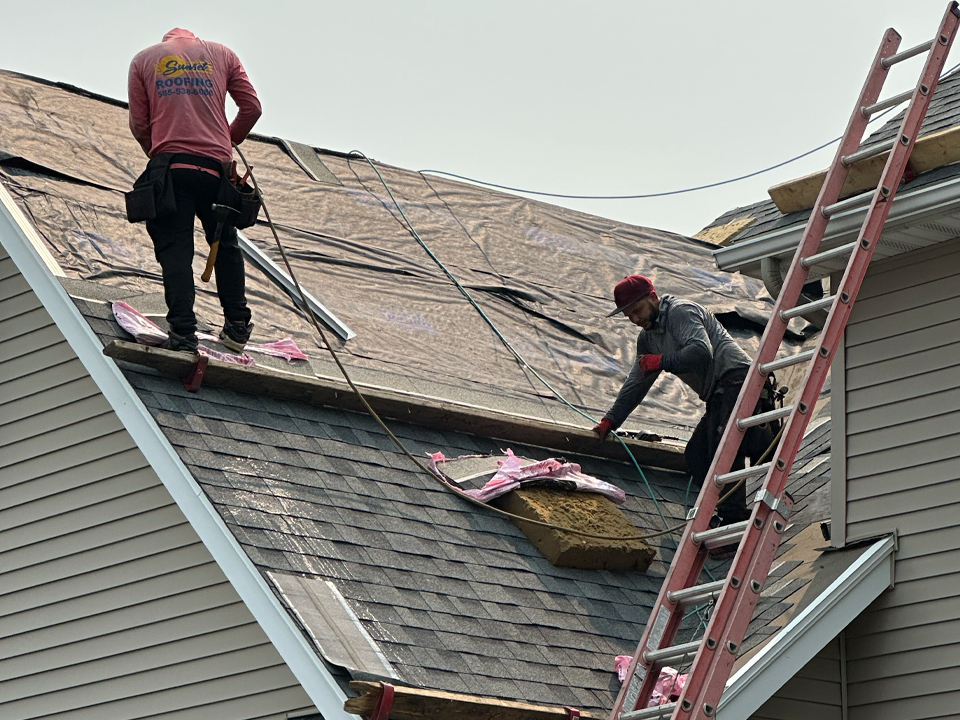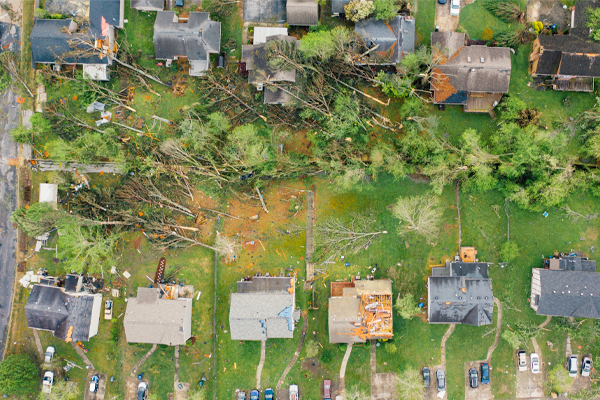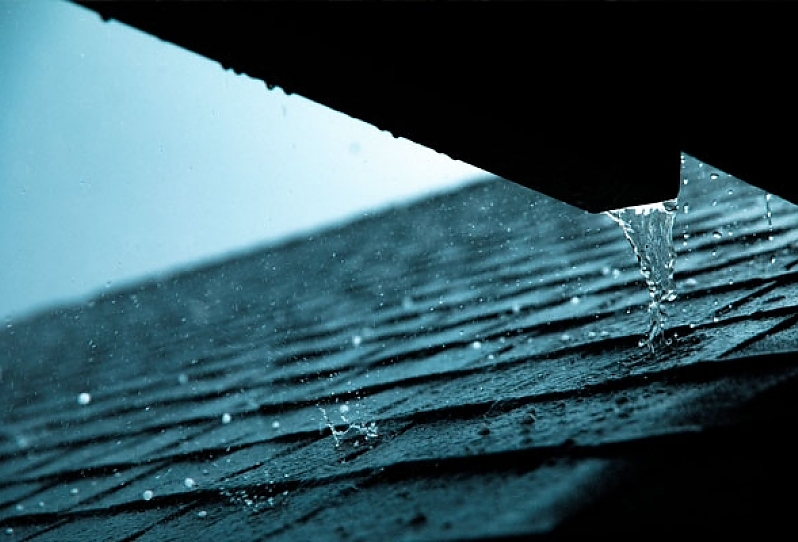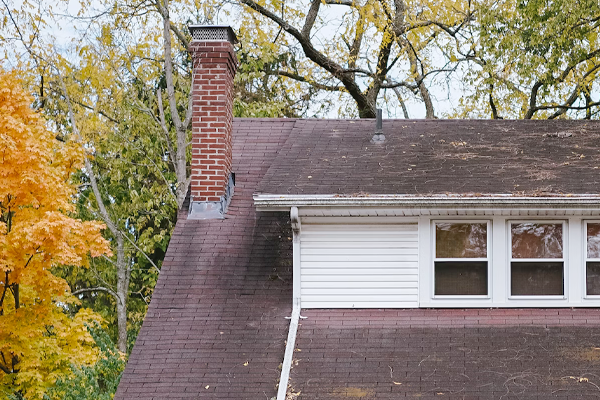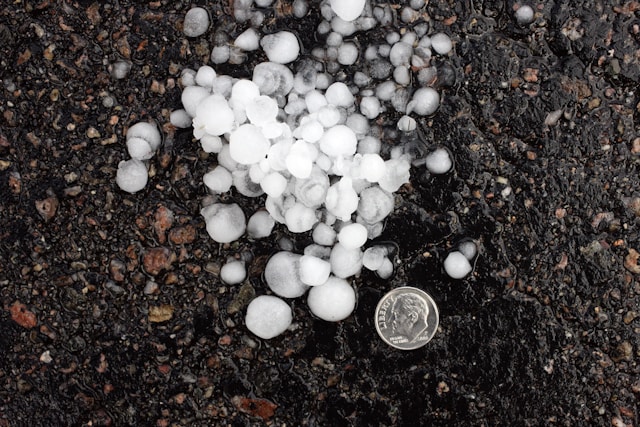Blog
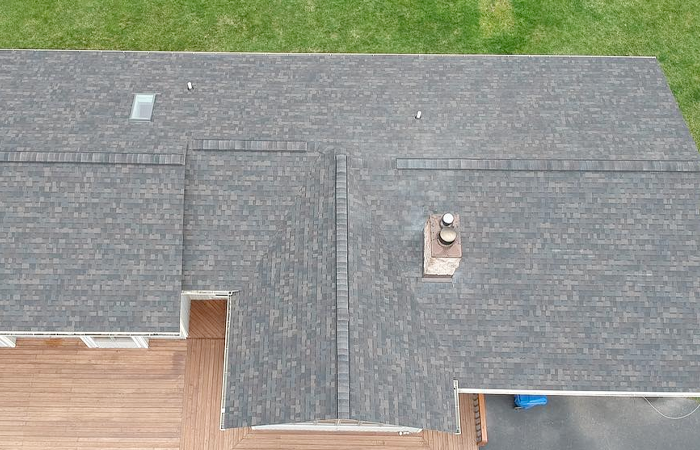
As the old adage goes, "April showers bring May flowers." However, for many homeowners, the arrival of spring rain also brings a host of roofing challenges. From minor leaks to significant water damage, the impact of heavy rain on your home can be substantial if your roof is not adequately prepared. This guide will walk you through the essential steps to ensure your roof is ready to handle the spring downpour, keeping your home dry and protected.
Understand the Risks
The Impact of Water
Water is one of the most significant threats to the integrity of your home. Even small leaks can lead to major issues, including mold, mildew, structural damage, and ruined insulation. It's crucial to understand that preventing water damage starts with a well-maintained roof.
Common Vulnerabilities
Several areas of your roof are particularly vulnerable to rain, including:
- Shingles: Damaged or missing shingles can allow water to seep through to the underlayment and into your home.
- Gutters and Downspouts: Clogged or damaged gutters and downspouts can cause water to overflow and pool around your home’s foundation.
- Flashing: Flashing around chimneys, vents, and skylights is essential for preventing leaks, but it can become dislodged or wear out over time.
Steps to Prepare Your Roof for Rain
Conduct a Visual Inspection
Start by visually inspecting your roof for any signs of damage, such as missing shingles, cracked flashing, or wear and tear around vents and chimneys. Also, look for sagging or signs of water damage in your attic or on ceilings, which can indicate existing leaks.
Clean Your Gutters and Downspouts
Ensure your gutters and downspouts are clear of debris such as leaves, twigs, and dirt. Clogged gutters can lead to water overflow, damaging your roof, siding, and foundation.
Check for Proper Ventilation and Insulation
Proper attic ventilation and insulation are critical in preventing moisture buildup inside your home, which can lead to mold growth and wood rot. Make sure your attic is well-ventilated and your insulation is dry and in good condition.
Schedule a Professional Inspection
While DIY inspections can catch obvious issues, many potential problems may not be visible to the untrained eye. A professional roofing contractor can conduct a thorough inspection to identify and address any areas of concern before they become major issues.
The Role of a Professional Roofing Contractor
A professional roofing contractor doesn’t just look for current problems; they can also predict potential weak spots and areas that are likely to develop issues in the future. Services they provide include:
- Detailed Inspections: Professionals use their expertise to examine every aspect of your roof’s condition.
- Preventive Maintenance: From replacing damaged shingles to sealing leaks and ensuring your flashing is in good condition, preventive maintenance is key to extending the life of your roof.
- Gutter Maintenance: Besides cleaning, professionals can ensure that your gutters are properly aligned, securely attached, and functioning optimally to direct water away from your home.
Protect Your Home from April Showers
Preparing your roof for rain is not just about avoiding immediate water damage; it's about protecting the overall structural integrity of your home. By taking proactive steps to ensure your roof is in top condition, you can rest easy knowing that your home is ready to withstand the challenges that April showers bring. Remember, when it comes to roofing, prevention is always better than cure. Investing in your roof’s health today can save you from costly repairs and extensive damage in the future. Don’t wait for the rain to find out your roof isn’t ready—take action now to secure your home against the elements.
‹ Back



